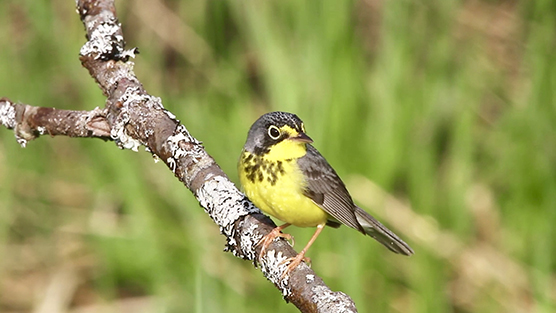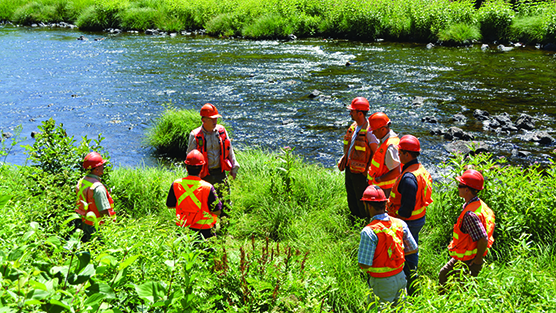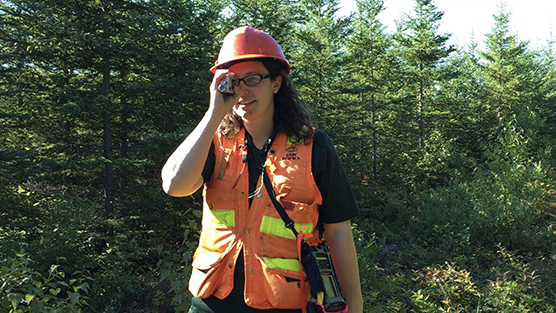.jpg?n=5927)
Research
Filter by Category
.jpg?n=5927)
Show more

Listening to Forest Song Birds
Show more

Forest Dynamics, Succession and Habitat Relationships Under Differing Levels of Silviculture
Show more

Enviro-Training at J.D. Irving, Limited with Kelly Honeyman
Show more

Sharing Data on Species and Ecological Conservation at J.D. Irving, Limited
Show more
Questions about our Healthy Forest Approach? Read the FAQ.
(1).png?n=7605)






.png)

